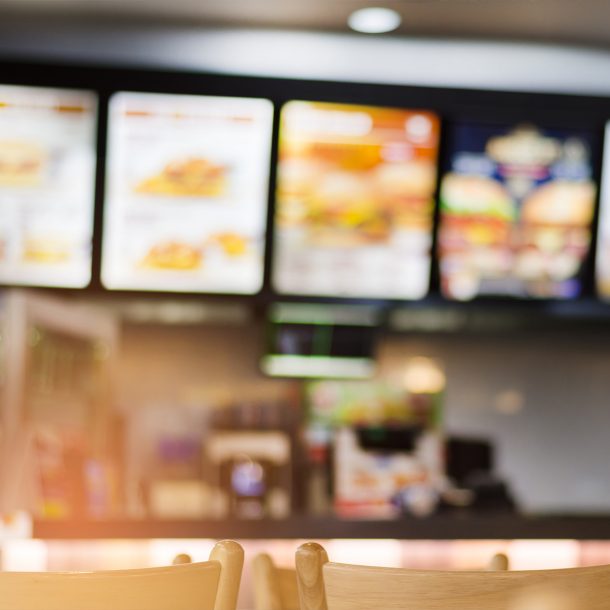-
Property & Casualty
Property & Casualty Overview

Property & Casualty
We offer a full range of reinsurance products and the expertise of our talented reinsurance team.
Expertise
Publication
High-Low Agreements Can Prevent Large Plaintiff Verdicts
Publication
Medical Marijuana and Workers’ Compensation
Publication
Secondary Peril Events Are Becoming “Primary.” How Should the Insurance Industry Respond?
Publication
Risks of Underinsurance in Property and Possible Regulation
Publication
Benefits of Generative Search: Unlocking Real-Time Knowledge Access
Publication
Battered Umbrella – A Market in Urgent Need of Fixing -
Life & Health
Life & Health Overview

Life & Health
We offer a full range of reinsurance products and the expertise of our talented reinsurance team.

Publication
Thinking Differently About Genetics and Insurance
Publication
Post-Acute Care: The Need for Integration
Publication
Trend Spotting on the Accelerated Underwriting Journey
Publication
Medicare Supplement Premium Rates – Looking to the Past and Planning for the Future U.S. Industry Events
U.S. Industry Events
Publication
The Future Impacts on Mortality [Video] -
Knowledge Center
Knowledge Center Overview

Knowledge Center
Our global experts share their insights on insurance industry topics.
Trending Topics -
About Us
About Us OverviewCorporate Information

Meet Gen Re
Gen Re delivers reinsurance solutions to the Life & Health and Property & Casualty insurance industries.
- Careers Careers
Can I Interest You in a Side of Public Nuisance With Your Hamburger? – A Look at Evolving Litigation

March 14, 2023
Paul Wagner
Region: North America
English
Public nuisance is a legal concept that has been used to address issues of public health, safety, and welfare. It is a tort that is committed when an individual or entity creates a condition that interferes with the use and enjoyment of a public right. In essence, the theory behind public nuisance asserts that an individual or entity, while engaged in legally permissible activity, has ultimately caused or contributed to a public health crisis by that very activity. As a result, the individual or entity may be found liable to “fund” the alleged societal cost.
This common law concept, which has been around for centuries, seems simple enough, right? Not so fast: the laws surrounding public nuisance litigation are significantly expanding. This evolution has the potential to affect some routine operations that are commonplace in many small to mid-sized insurance companys’ books.
Modern public nuisance litigation has fallen into the following broad categories:
- Public Health and Safety – The targets of these lawsuits tend to be large corporations and other entities that are believed to have created or contributed to a public nuisance by the harm they have caused to the public and the environment. Some examples of these lawsuits are against tobacco companies, firearms manufacturers, lead paint manufacturers, and oil and gas companies, among others.
- Environmental Protection – These lawsuits seek to hold corporations and other entities responsible for the harm they have caused to the environment through air and water pollution, toxic waste disposal, and deforestation. Remedies might include remediation of tainted groundwater, or establishment of medical monitoring protocols to assess as-yet-unknown health harms. PFAS litigation falls into this bucket.
- Technology – The litigation surrounding this area focuses on the detrimental impact technology has on society. These lawsuits target operators of online platforms, such as social media and gaming companies, for their role in facilitating the spread of false information and addictive and destructive behaviors. One recent example is the January 2023 complaint brought by the Seattle (WA) School district against Meta, Facebook, TikTok, Instagram and other similar entities.1 In that suit the plaintiff alleges these platforms have created a public nuisance that has substantially harmed its students, necessitating the hiring of additional staff and commitment of resources that otherwise wouldn’t be needed.2
- Social Justice and Inequality – The focus of these lawsuits are entities thought to be responsible for the harm caused to communities of color through systemic racial and economic inequalities. Examples here might include communities of color disproportionately exposed to pollution, or minority neighborhoods severed by interstate highway construction during the mid‑20th century.
These categories may seem expansive, and loss scenarios remote, when one considers a typical insurance company’s portfolio. However, the potential impact becomes clearer when one focuses the evolving litigation around restaurants and fast-food establishments, a common class in many portfolios.
Growing Concerns – The Restaurant and Fast-Food Industry
The restaurant and fast-food industries have faced a growing number of public nuisance lawsuits in recent years, reflecting health and safety concerns brought on by the sale of unhealthy, addicting, high-calorie foods and larger-than-average portion sizes. Allegations are that they contribute to the obesity epidemic and other public health problems, like diabetes.
To that point, a recent University of Michigan study found that roughly 13% of people aged 50 to 80 showed signs of addiction to highly processed foods, defined as those that contain large amounts of fat and carbohydrates rarely seen in fruits, vegetables, and other natural foods.3 Further, the study showed that when people cut back on highly processed foods, they display symptoms similar to those experienced by drug abusers, such as irritability, fatigue, feelings of sadness, and cravings.4
A UK Study published in 2022 estimated that substituting 10% of ultra-processed foods with minimally processed food decreases dementia by 19%.5 Another UK study demonstrated a strong relationship between ultra-processed food and the subsequent development of cardiovascular disease.6
While no plaintiff has yet succeeded with food-related litigation, some such as David Loughran of the emerging risk modeling firm Praedicat posit that as the body of research increases, it’s likely that governmental and individual legal action looms.7
Another area of concern is the fast-food industry’s environmental impact. Lawsuits focus on the harm caused to the environment through their use of plastic packaging and other waste products.
New and emerging litigation involves the impact of labor practices on communities. Lawsuits allege the fast-food industry perpetuates poverty and inequality through low-wage labor practices.
The Future
This evolving litigation is taking an industry that some view as benign and well understood and moving it squarely in the cross hairs of evolving public nuisance litigation. Except for technology, the fast-food industry checks all the evolving public nuisance litigation boxes – public health and safety, environmental protection, and social justice and inequity concerns.
Whether the producers of processed foods and the restaurant industry become ensnared in public nuisance litigation remains an open question. Nevertheless, it’s clear at this early juncture that such potential exists. Key determinants going forward will be the success of other types of public nuisance litigation (such as opioids and climate change) and whether the large number of scientific studies now underway directly link consumption to adverse health consequences. Carriers and policyholders alike would be well served to keep a close eye on developments – and be prepared to expect the unexpected.
Endnotes
- Seattle School District No. 1 vs. Meta Platforms et al., United States District Court, Western District of Washington at Seattle.
- Ibid.
- https://www.nytimes.com/2021/02/18/well/eat/food-addiction-fat.html
- Ibid.
- https://n.neurology.org/content/99/10/e1056
- https://academic.oup.com/eurpub/article/32/5/779/6675536
- https://www.carriermanagement.com/features/2023/02/27/245087.htm




